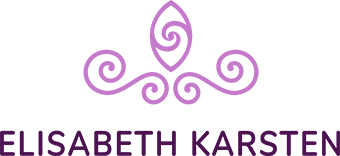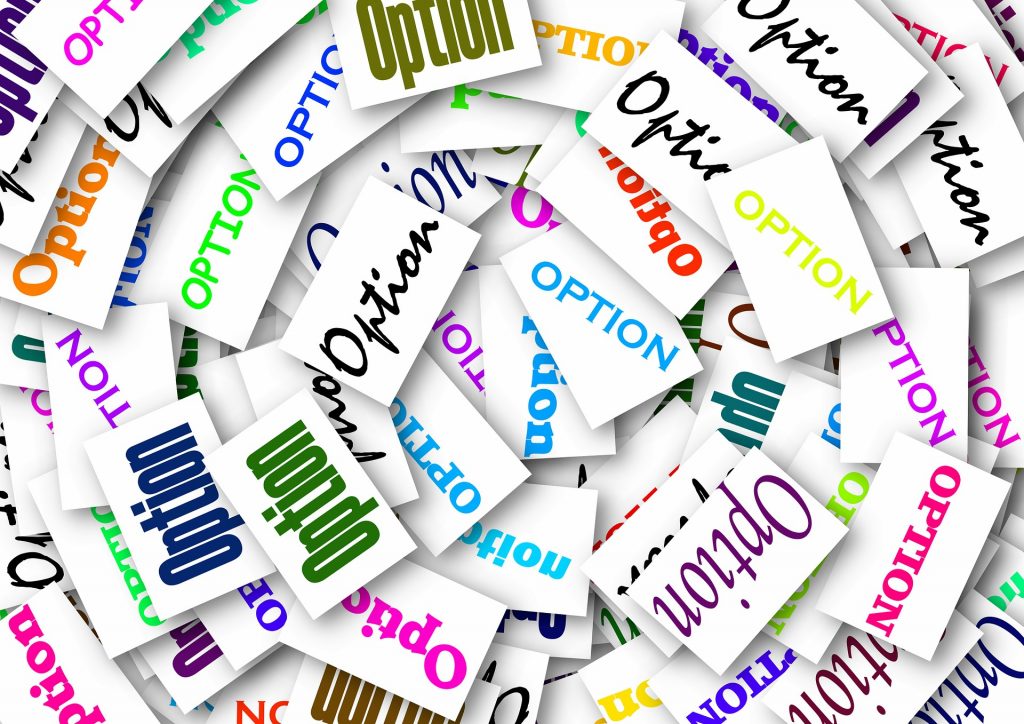This practical little exercise for decision making stems from the instrument of systemic constellations. It also works for anyone, who has no idea about this or completely denies it. Why this exercise works for most people, cannot be easily explained, the short answer is: Our body is smarter than we are.
However that is of no importance for the effective use of the tool. For some it actually works better in the presence of others than alone. Just experiment!
If it works then you have practical amplifier for your own intuition at hand. This empowers your own ability to make decisions and creates more trust into your own being.
Determine what is to be decided
The best way to convey this exercise is by example: let´s say the question is whether the holiday is to be spend in Spain or in Morocco. Or whether buying or renting an appartment seems the better decision. Or whether you invite the difficult aunt for Thanksgiving or not, for she can easily ruin everybody´s mood…
Write the various options on pieces of paper and put them face down on the ground
In the first example you take two empty pieces of paper – letter sized is best. Then you write “Spain” in large letters on one of them and “Morocco” on the other and put them face down on the ground. Preferably you exchange them so often, or ask someone to do it, so you can no longer say, which is which.
Step on it and feel into it
Then you stand alternatingly on the papers. Taking off your shoes may make it easier. Feel into it. The first question is: “Can you sense a difference between the two?” And if so, the next question is: “On which paper do I feel more relaxed, more at ease?” And then go back and forth until the feeling is entirely clear. Then you can turn the papers around and find out on which country you felt happier…
If more than one person is travelling, the others too can stand on the papers. If the people involved have digressing reactions the destination should be rediscussed. Perhaps you can travel to Morocco via Spain? Or there is a third country that works even better? That is added then to the others on the ground.
The same procedure is applied to the second example: write “buy appartment” and “rent appartment” on two different pieces of paper and put them face down on the floor. Step onto them and ask yourself again, on which paper you feel more free, happier, relaxed and empowered. In the third example you put “Auntie comes for TG’ on one paper and ‘Auntie stays home for TG’ and than all decision makers can take their turn standing on the papers and observe, where they feel better…
Feel into it with the question: “Does it give me power or does it take my power away?”
So the paper actually is in a sense an expression of the outcome of the situation and so you can feel into the new potential reality. And the entire body is your instrument of assessment: are you relaxed and empowered, or tense and disempowered, or even angry or fearful? Those are clear and helpful signals. That is quite different, if we try to make a difficult decisions by thinking or confusing feelings alone. For that is influenced by a number of subconscious dynamics. I.e. trying to please others, a fear to make a mistake and wanting to be ‘reasonable’. But when you can feel it physically, what is more adequate for you, you can make your decision consciously, authentically and with a clean conscience.
This exercise can happily be shared and actually works particularly well with children! May all our decisions be made ever more consciously!




